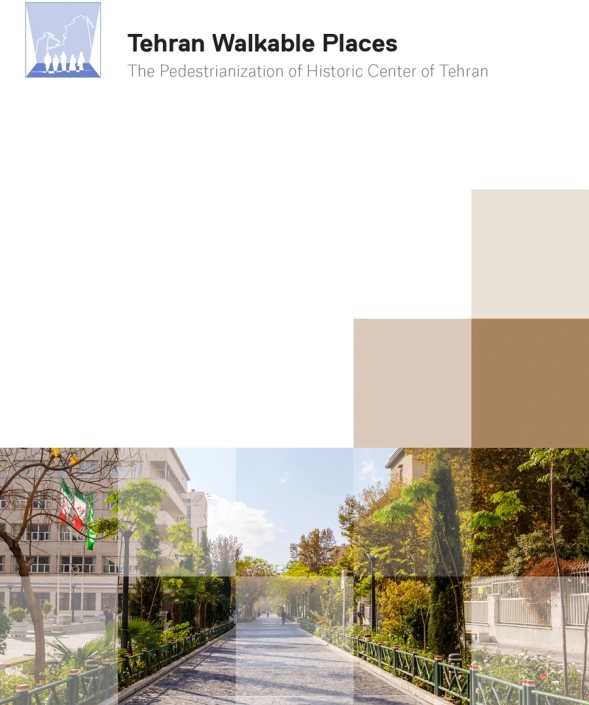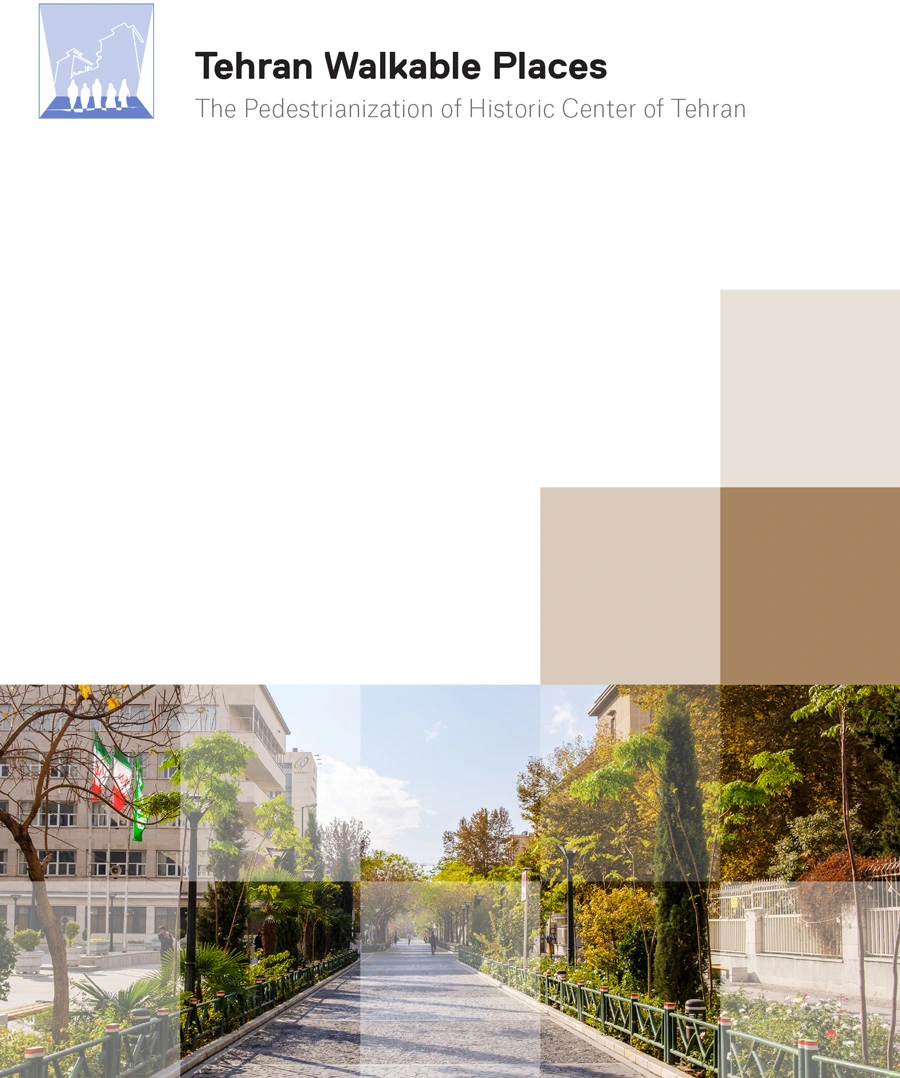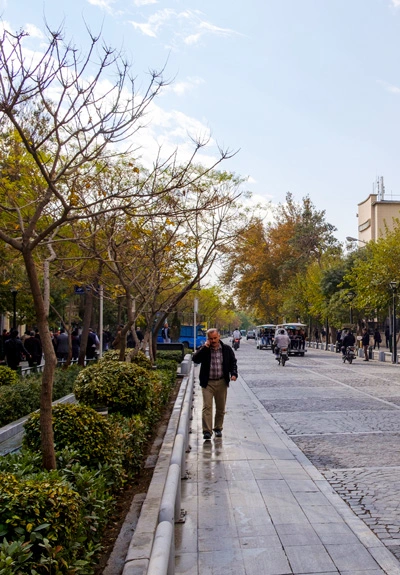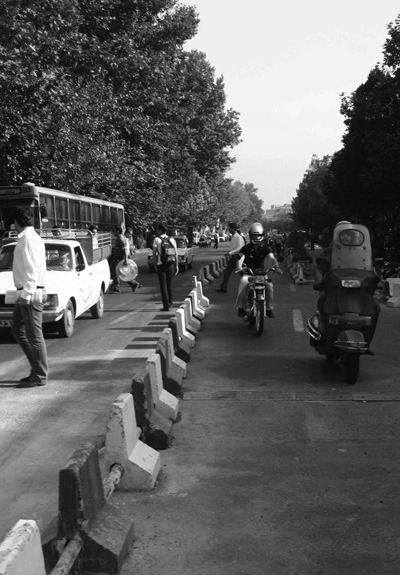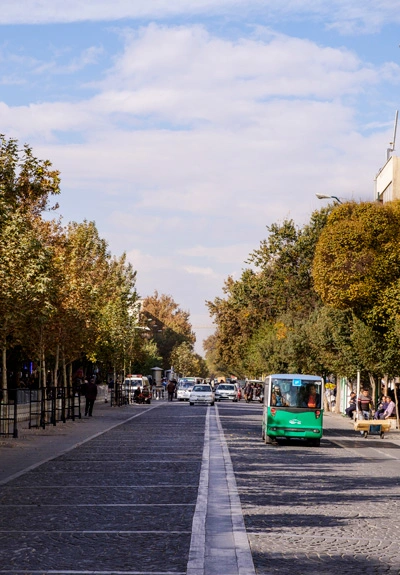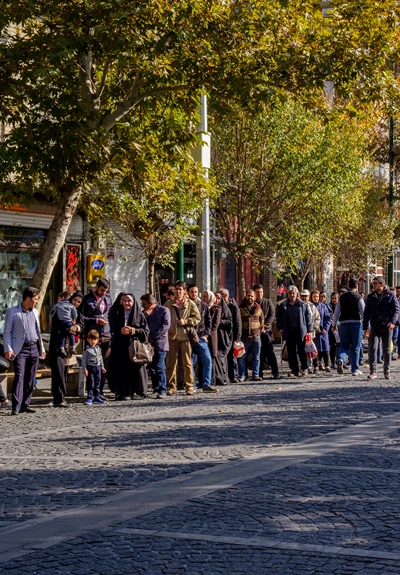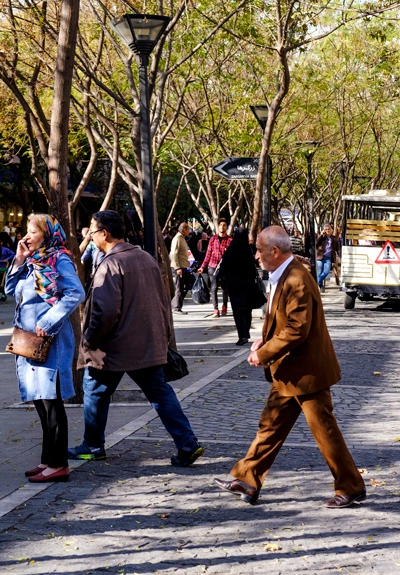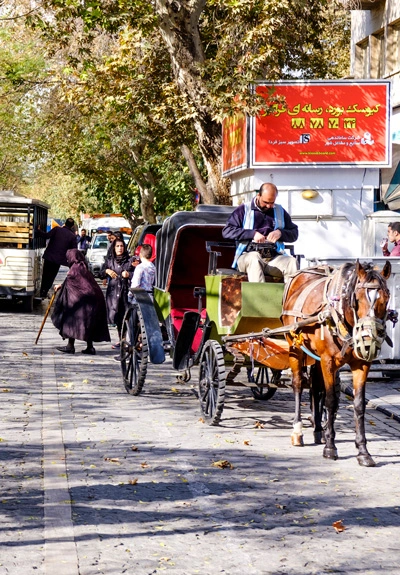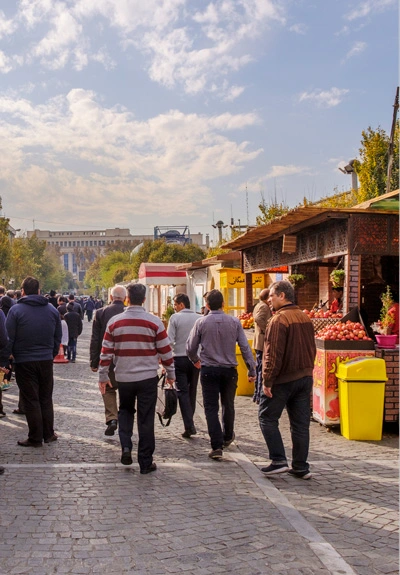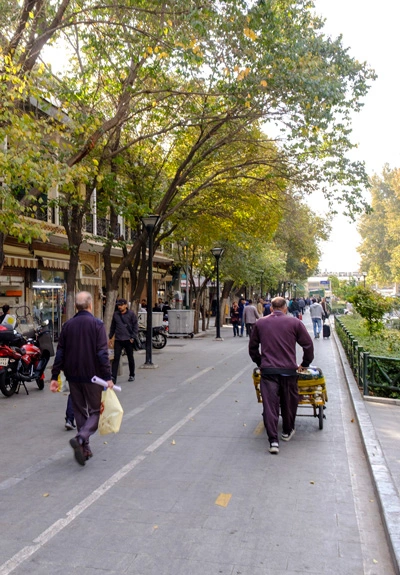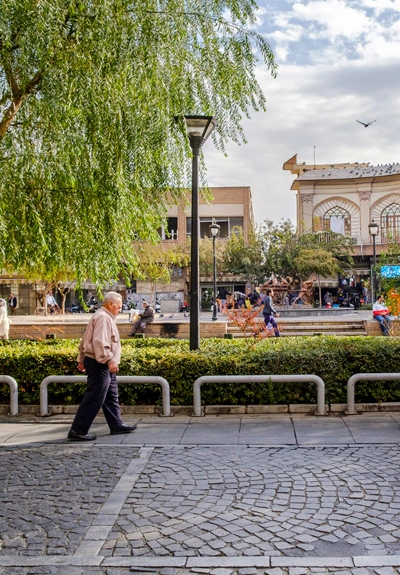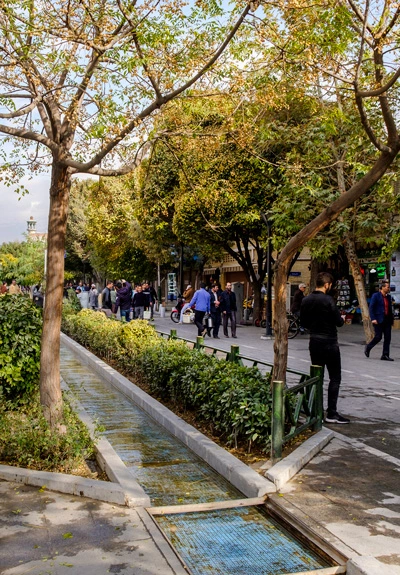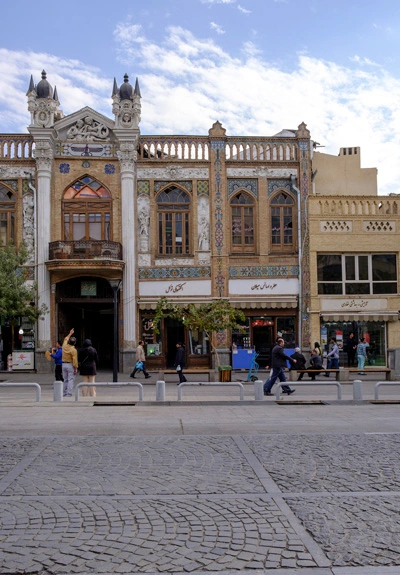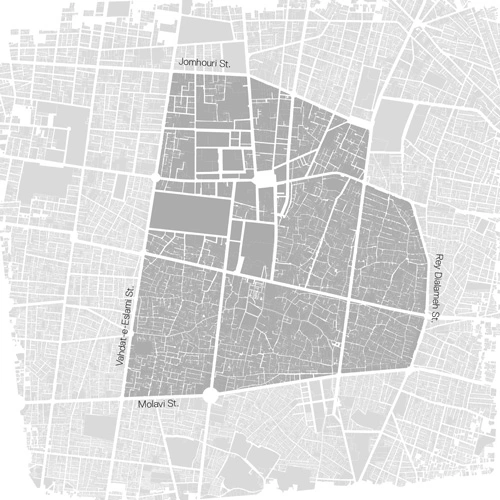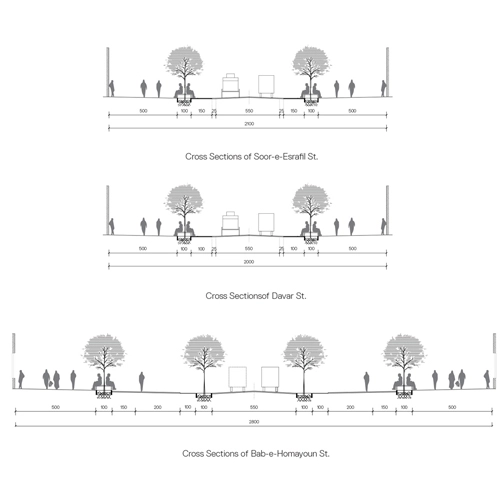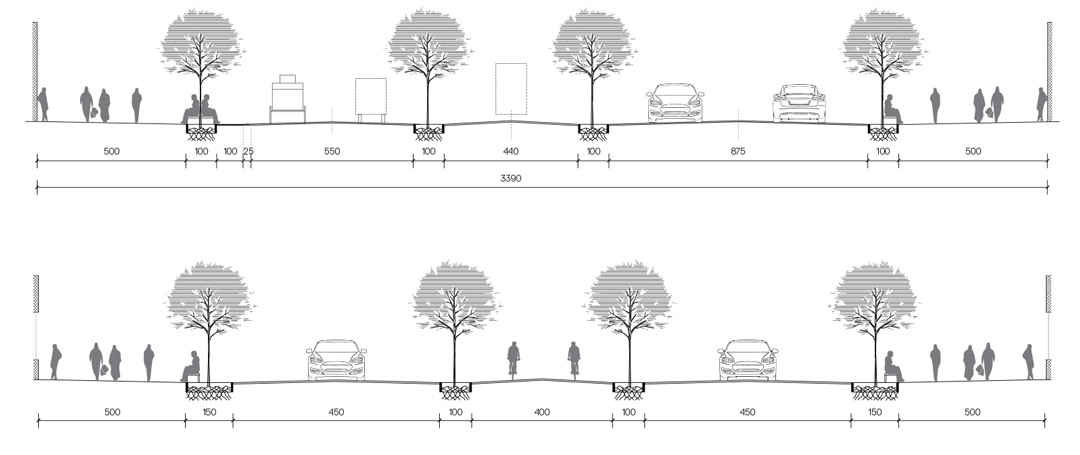The Walkable Historic Centre
During the recent decades, in an effort to find suitable approaches for attaining the
desired city of the citizens, the issues of catering to the movement of pedestrians in
the city and creating public spaces for the presence of the people in the urban space
has resulted in many new viewpoints and trends in Urban Planning worldwide. Limiting
the presence of motor vehicles in the urban environment and establishing pedestrian
axes are the main achievements of this new movement which is attracting
the attention of city authorities all over the world as these axes are able to guarantee
livability and therefore the stability of the historic centers of the city.
The pedestrianization of historic center of Tehran is one of the high-priority placebased
plans of the comprehensive plan of Tehran with the goal of reducing the traffic
load of vehicles and creating pedestrian, bike, and public transportation axes in the
Hesar-e-Safavi area of Tehran for improving the quality and prosperity of spaces and
functions of the area, especially in tourism.
During the recent decades, in an effort to find suitable approaches for attaining the
desired city of the citizens, the issues of catering to the movement of pedestrians in
the city and creating public spaces for the presence of the people in the urban space
has resulted in many new viewpoints and trends in Urban Planning worldwide. Limiting
the presence of motor vehicles in the urban environment and establishing pedestrian
axes are the main achievements of this new movement which is attracting
the attention of city authorities all over the world as these axes are able to guarantee
livability and therefore the stability of the historic centers of the city.
The pedestrianization of historic center of Tehran is one of the high-priority placebased
plans of the comprehensive plan of Tehran with the goal of reducing the traffic
load of vehicles and creating pedestrian, bike, and public transportation axes in the
Hesar-e-Safavi area of Tehran for improving the quality and prosperity of spaces and
functions of the area, especially in tourism.
During the recent decades, in an effort to find suitable approaches for attaining the
desired city of the citizens, the issues of catering to the movement of pedestrians in
the city and creating public spaces for the presence of the people in the urban space
has resulted in many new viewpoints and trends in Urban Planning worldwide. Limiting
the presence of motor vehicles in the urban environment and establishing pedestrian
axes are the main achievements of this new movement which is attracting
the attention of city authorities all over the world as these axes are able to guarantee
livability and therefore the stability of the historic centers of the city.
The pedestrianization of historic center of Tehran is one of the high-priority placebased
plans of the comprehensive plan of Tehran with the goal of reducing the traffic
load of vehicles and creating pedestrian, bike, and public transportation axes in the
Hesar-e-Safavi area of Tehran for improving the quality and prosperity of spaces and
functions of the area, especially in tourism.
Level (1) includes the strategic level (Hesar-e-Naseri of Old Tehran) which includes Municipal District 12 and some parts of District 11 (from Kargar St. eastward) and is enclosed by Enghelab St. from the north, Kargar St. from the west, Hefdah-e-Shahrivar St. from the east, and Shoush St. from the south.
Level (2) includes the immediate area which is enclosed by Jomhouri St. from the north, Rey Dialameh St. from the east, Molavi St. from the south, and Vahdat- e-Eslami St. from the west.
